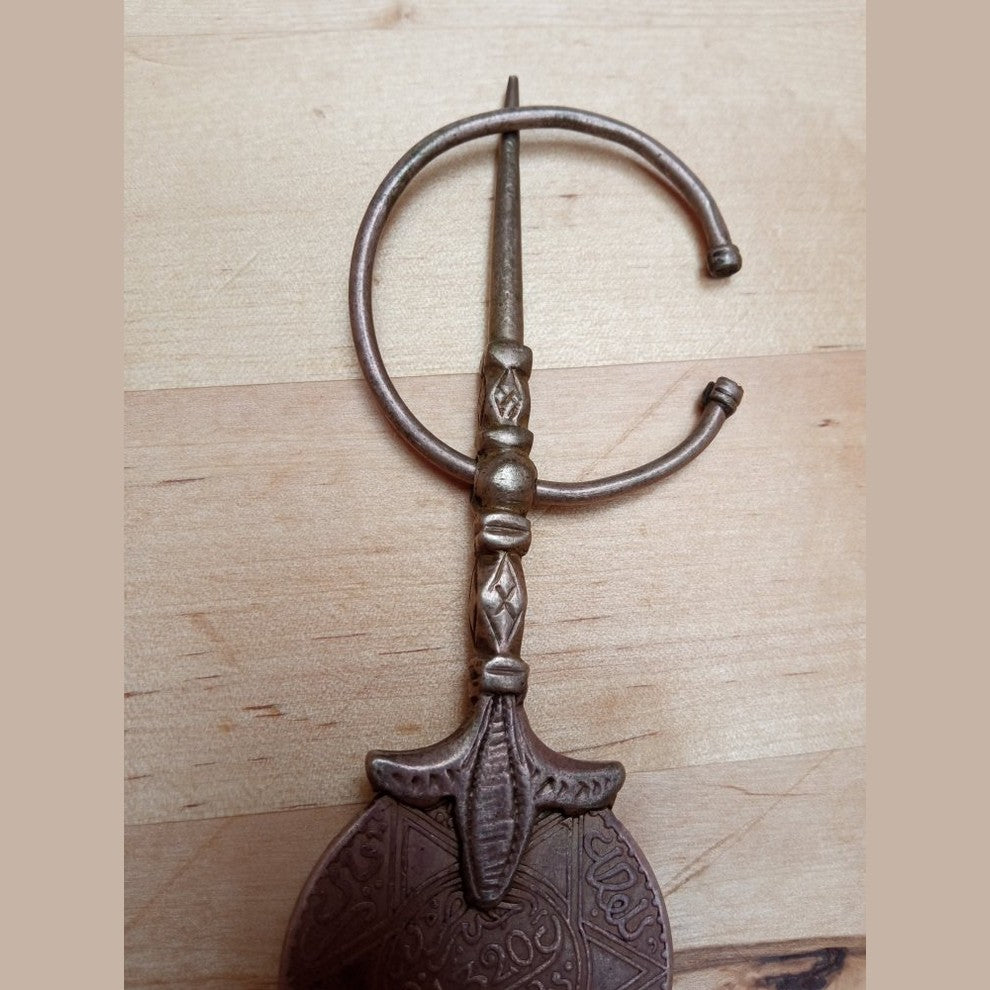
5 Fascinating Meanings Behind Berber Jewelry Symbols You Need to Know
Berber Jewelry Symbols: Meaning, Protection, and History
Berber jewelry, also known as Amazigh symbols jewelry, is more than just decoration—it is a powerful expression of Berber culture, history, and identity. Every piece tells a unique story, passed down through generations of Berber tribes in North Africa.
The intricate designs are deeply symbolic. They are often believed to offer protection, power, and blessings. This article will explore the fascinating meanings behind these traditional symbols and uncover their significant role in Berber communities.

What Makes Amazigh Jewelry Unique?
Berber jewelry stands out for its bold, geometric designs and its preference for silver, beads, and semi-precious stones. However, its true distinction lies in the symbolic language embedded in each piece.
For centuries, Berber women have worn these designs not just to adorn themselves, but to express their social status, Amazigh heritage, and spirituality. From talisman jewelry to tribal symbols, each piece is a testament to the rich cultural legacy of the Amazigh people.
Key Meanings Behind Berber Jewelry Symbols
Here is a guide to the most common and powerful symbols found in traditional Berber jewelry:
The Hand of Fatima (Khamsa)

The Khamsa, or Hand of Fatima, is one of the most recognizable symbols. This ancient symbol is primarily an evil eye protection amulet, designed to ward off the "evil eye" and bring protection against misfortune. It is frequently seen on Berber necklaces, bracelets, and rings. The five fingers represent strength, power, and blessings.
The Eye
The eye is another prevalent motif in Amazigh jewelry. Rather than representing an offensive force, this eye serves as a protection amulet that deflects negative energy directed at the wearer. It symbolizes vigilance, protection, and wisdom.
Triangles

Triangles are a recurring geometric shape, often representing feminine energy and fertility. This symbol is deeply tied to womanhood. Its three sides can symbolize the cycle of life: birth, life, and death. Triangles are also associated with water, an essential element for the desert nomads like the Berbers.
Stars and Sunbursts
Stars and sunbursts symbolize divinity and a connection to the universe. These celestial figures represent guidance, protection, and hope. The sunburst specifically is a symbol of life, energy, and renewal, reflecting the Berber tribes' spiritual connection with nature.
The Crescent Moon
While often linked to Islamic tradition, the crescent moon symbol in Moroccan jewelry represents fertility, growth, and feminine energy. Its cyclical nature is a metaphor for life’s constant change and renewal. The moon symbolizes the nurturing side of nature, making it a popular choice for Berber wedding jewelry.
The Cultural Significance of Berber Symbols

Berber jewelry's value extends far beyond its look. Each symbol in this artisanal jewelry carries stories of ancient beliefs and aspirations.
-
Protection of Community: The Khamsa is a universal protective amulet, but in Berber culture, it also represents the protective power of family and community.
-
Wedding Blessings: Traditional Berber wedding jewelry is adorned with specific symbols to bring blessings and good fortune to the new couple. The symbols reflect hopes for fertility, wealth, and protection.
This symbolic tradition has continued for centuries, and modern Berber women still highly value the deep meaning embedded in these unique pieces.
Why Invest in Berber Jewelry?

If you are drawn to ethnic jewelry that tells a story, Berber craftsmanship is a must-have. The beauty of this jewelry lies in its unique handcrafted techniques passed down through generations of Berber artisans.
Wearing a piece with the Hand of Fatima or an intricate geometric design is a form of jewelry as storytelling. It can spark curiosity and lead to discussions about the rich cultural background of the Amazigh people. You are not just buying an accessory; you are investing in a piece of history.
Conclusion: The Timeless Appeal
Berber jewelry is a true testament to the enduring power of symbolism. The meaning of each symbol—be it the Hand of Fatima, the eye, or the crescent moon—adds a layer of depth to every piece.
The next time you encounter a beautifully designed Berber necklace or bracelet, remember you are investing in a piece of history rich with meaning, symbolism, and cultural significance.
Related Topics
- The Best Ways to Store Moroccan Jewelry Safely – Heritage Handmade (theheritagehandmade.com)
- 5 Amazing (Boho Moroccan Jewelry) Pieces for your wedding: Free Guide – Heritage Handmade (theheritagehandmade.com)
- Moroccan Wedding Jewelry Traditions You Need to Know – Heritage Handmade (theheritagehandmade.com)












